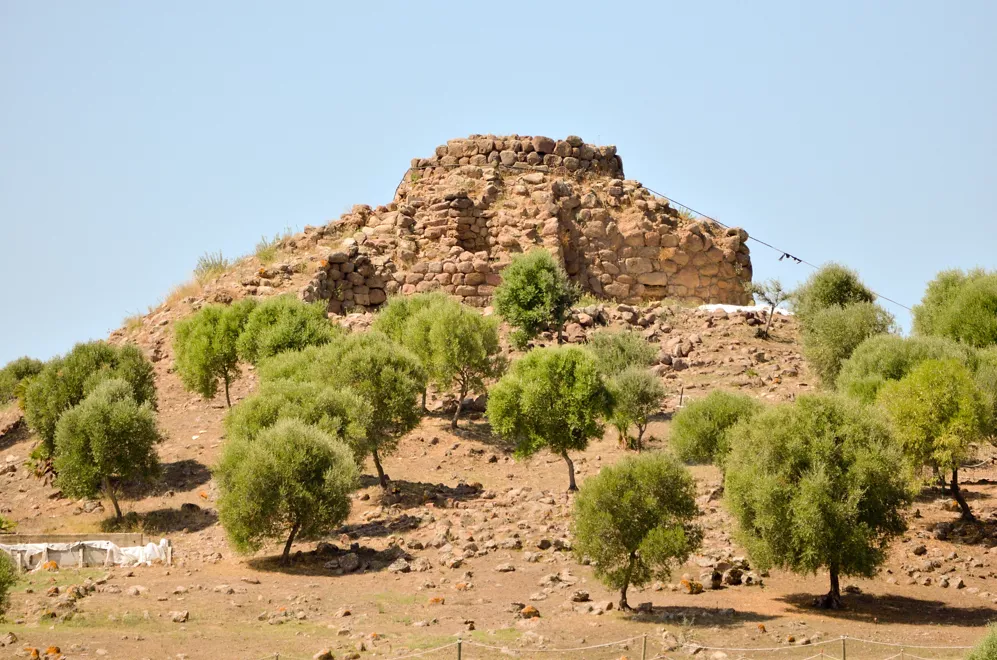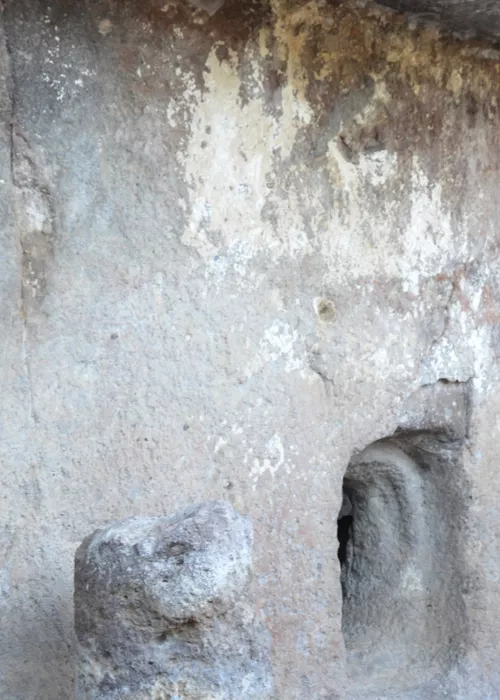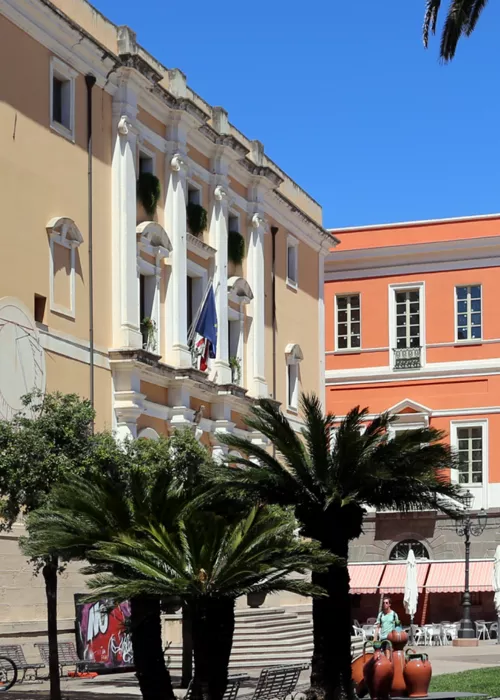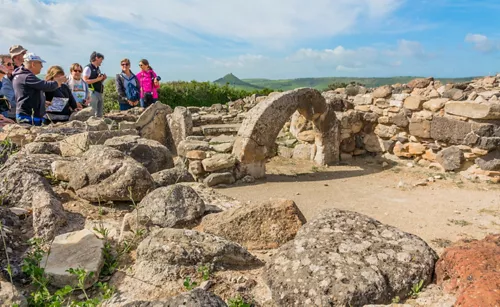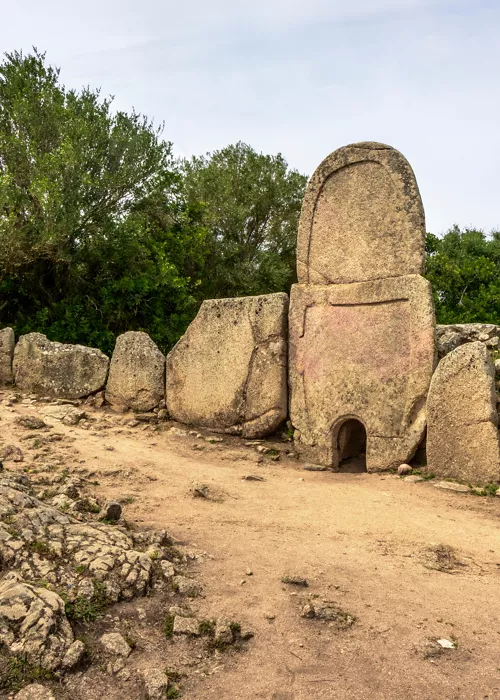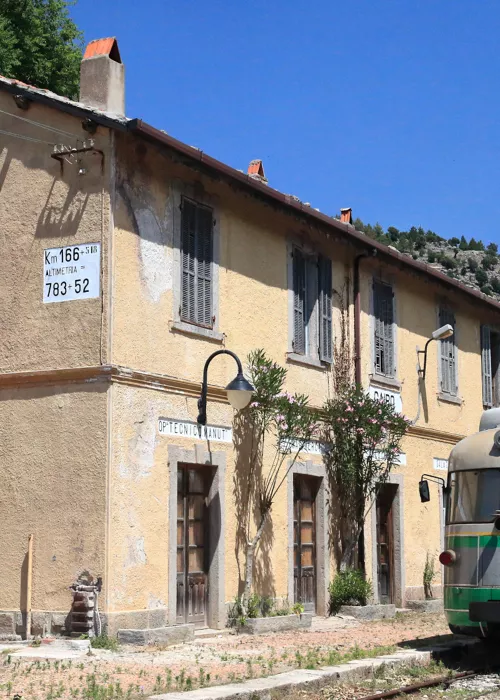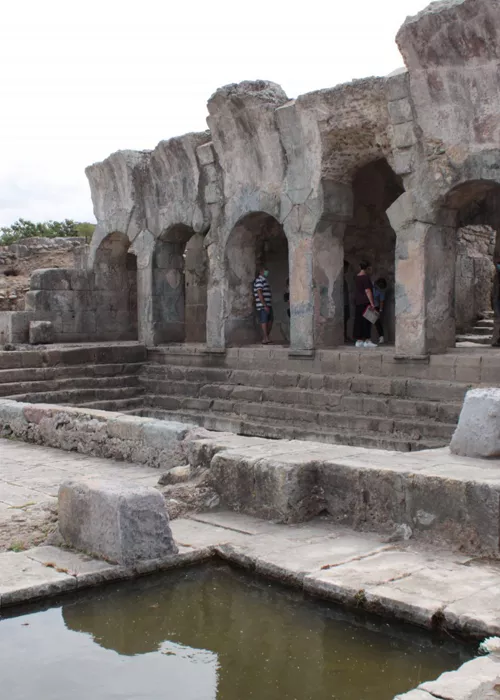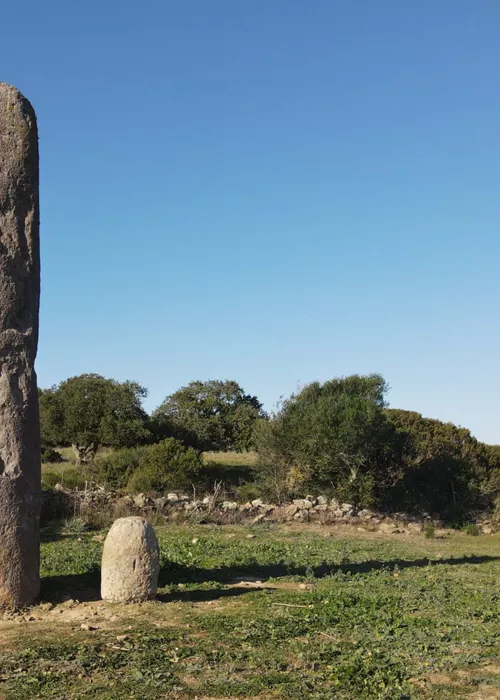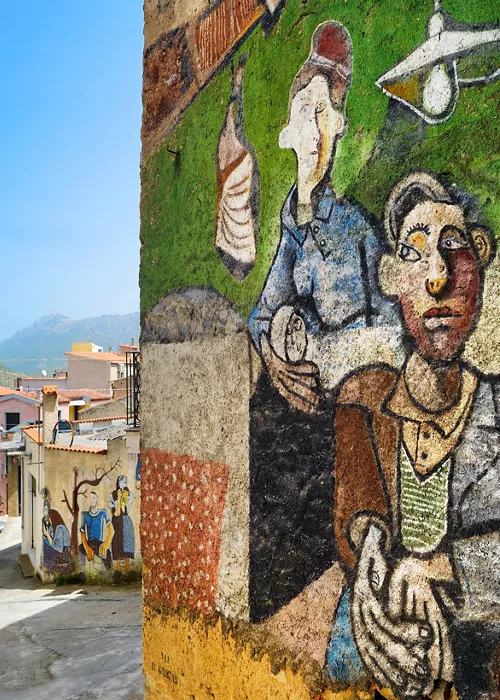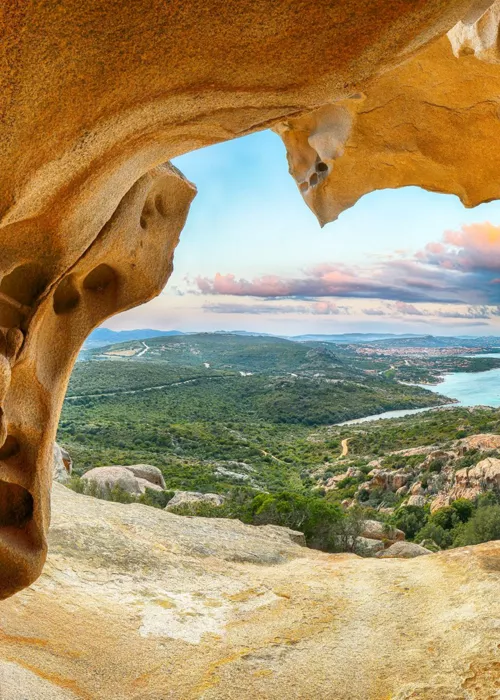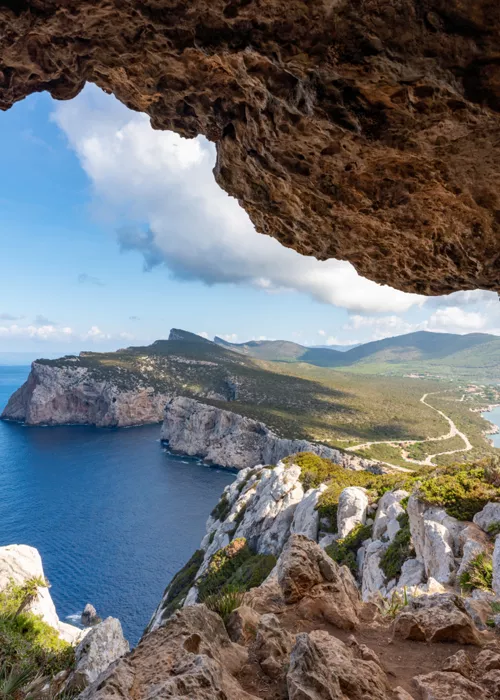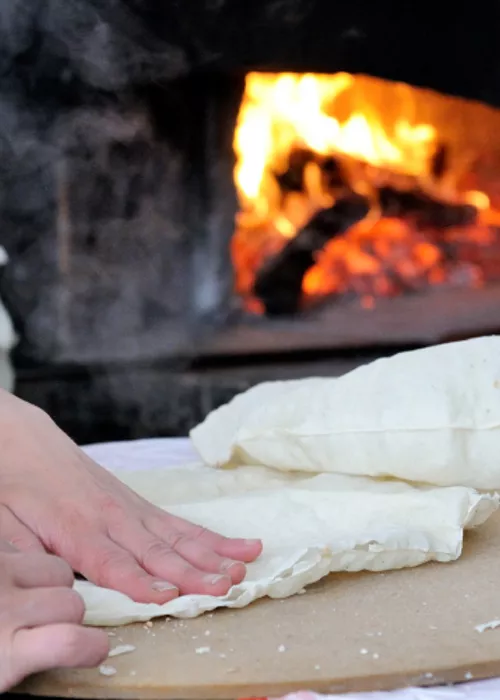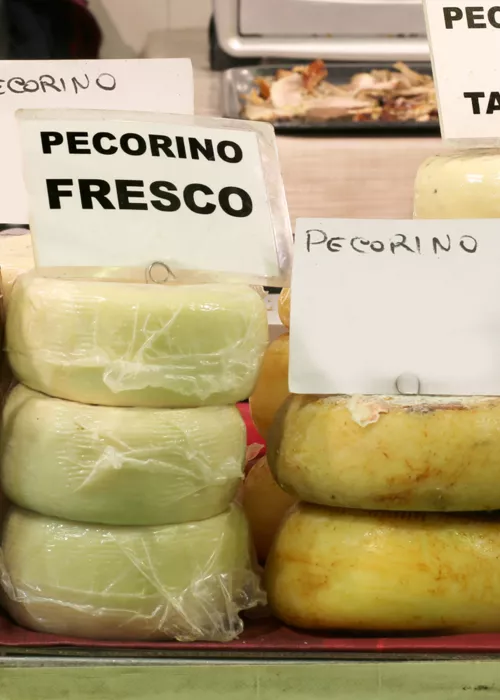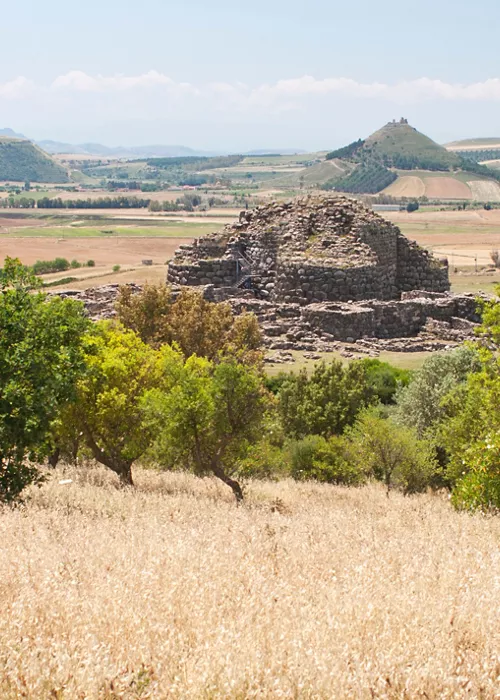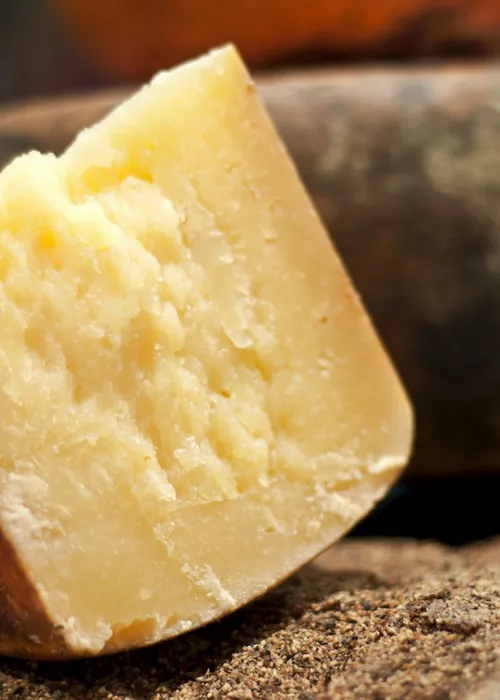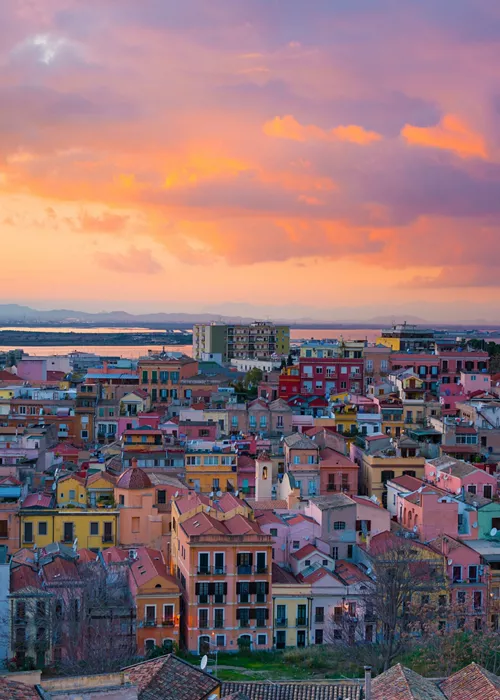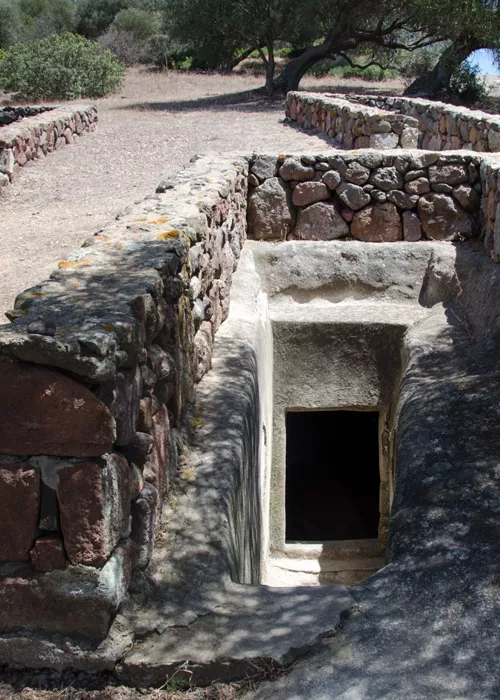The Domus de Janas in Sardinia: discovering the tombs carved into the rock
3 minutes
Imagine fairies weaving delicate golden threads with their hands in the moonlight, watching over the sleeping children. This is the fantasy that will accompany you on your tour of the Domus de Janas, the Houses of the Fairies, a name given by popular legend to archaic tombs dug into the rock, typical of inland Sardinia. The island is home to thousands of them, in a unique heritage.
In Sedini
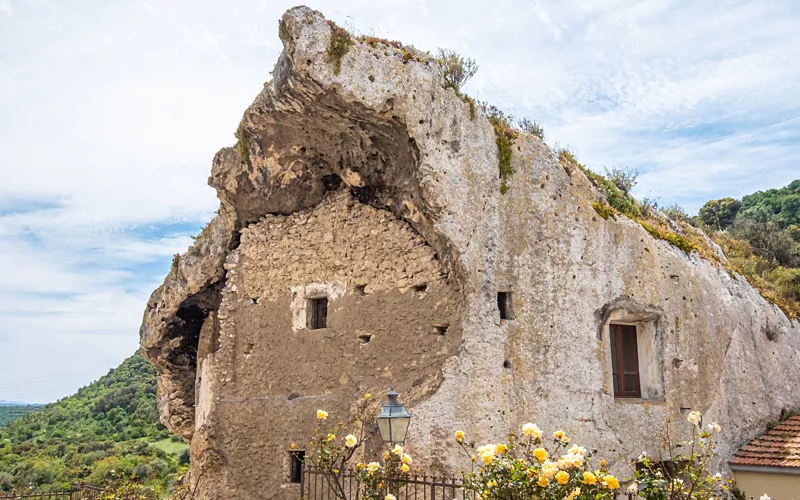
The Domus de Janas date back 5,000 years; they are rock-cut tombs that today provide us with precious evidence of the Neolithic period. Because of their structure, popular legend has interpreted them as the small houses of fairy creatures who weave while watching over sleeping children. There are at least 2,500 scattered throughout the territory, but some scholars put the number at an exorbitant 3,500: isolated or part of real necropolises, decorated or very simple.
The Domus de Janas of Sedini, a locality in the province of Sassari, has a unique characteristic: it is located inside the village, on the main street, and is part of the historic centre. The locals simply call it La Rocca, and over the millennia they have transformed their fairy house, changing its function from time to time.
Whereas between the 4th and 3rd centuries B.C. it was a tomb in which to return the dead to Mother Earth, in the Middle Ages it became a dwelling and a prison, then in the 19th century a quarry for extracting building material, then an animal shelter, a shop and even a party headquarters. All these overlaps can be observed during a visit to the Domus, now transformed by the municipality into the Domus Museum, a space dedicated to the ethnographic tradition of Sedini.
Take the opportunity to explore the village and walk around the surroundings, which are full of caves, the same caves that provided shelter to primordial peoples. In fact, this area in the north of Sardinia boasts ancient origins, and the village of Sedini is itself prehistoric. Many of the houses are also built into the rock, while stairways and subways lead you to beautiful churches and monuments. All around, tiny hamlets offer surprising scenery all the way to the sea.
The Necropolis of Genna Salixi
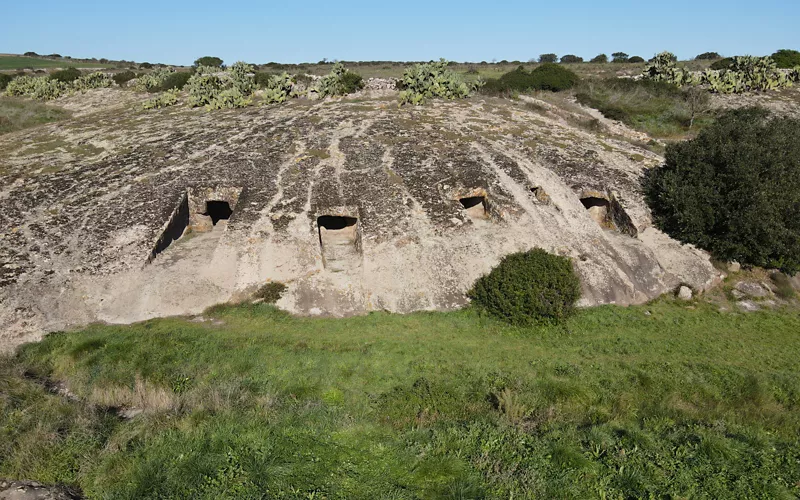
Head towards Oristano and continue until you reach the municipality of Villa Sant'Antonio. Just one kilometre from here, on an imposing rock on the side of a hill, stands a pre-Nuragic settlement: the Necropolis of Genna Salixi, consisting of 14 Domus de Janas. The caves of the deceased present various structures, some of which have an access corridor and several rooms.
All of them represent the importance attributed to the cult of the dead by the first inhabitants of the island, when, around 3000 B.C., the dead were returned to the earth, lying in these small stone houses, the centre of rituals in honour of the ancestors. Niches carved into the floor and wall shelves are evidence of the tradition of offerings and funeral rituals. Look carefully at the rock and you will also notice the presence of a channelling system to protect the tombs from water infiltration.
The Necropolis of Is Loccis Santus
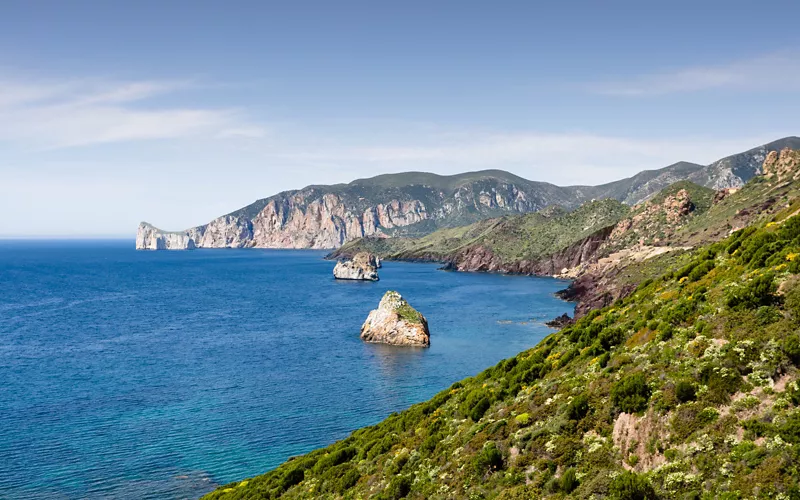
Head south, in the Sulcis region, to find another surprising necropolis: Is Loccis Santus. Thirteen Fairy Houses hold an extra charm because their layout, unique in Sardinia, resembles a flower with petals. All around are a few Menhirs, and beyond the rock that guards the tombs is the green Mediterranean scrub. The necropolis is also an exceptional viewpoint: the panorama spans from the island of Sant'Antioco to that of San Pietro and the Gulf of Palmas as far as Capo Teulada.
The Museo Villa Sulcis in Carbonia exhibits numerous finds from the Is Loccis Santus Necropolis. In particular, as part of the Doneddu Collection, there are ceramics decorated with rows and dots filled with different coloured materials.

